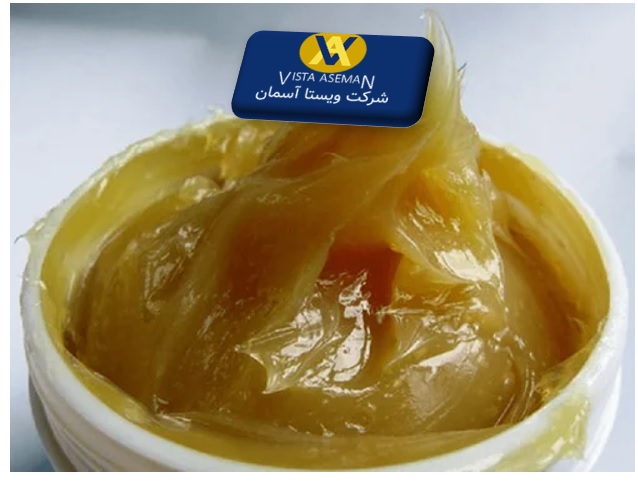Introduction
In the manufacturing process of paraffin wax, a valuable by-product called residue wax, also known as foots oil, is obtained through the deoiling or sweating of slack wax. This residue wax is a mixture of oil and slack wax, with oil content ranging from 25% to 50%. Despite its by-product status, residue wax finds applications in a wide range of industries such as textile, leather, rubber, petroleum jelly, white oil manufacturing, and more.
Application of Residue Wax
Residue wax, with its unique properties, serves numerous purposes across various industries. Let’s explore some of its key applications:
Adhesives and Sealants
Residue wax is commonly used in the production of adhesives and sealants. Its properties, such as high viscosity and excellent adhesion, make it an ideal ingredient in these products.
Coating Products and Fillers
Due to its high oil content, residue wax is utilized in coating products and fillers. It improves the texture, viscosity, and overall performance of these products.
Textile, Leather, and Rubber Industries
Residue wax finds extensive use in the textile, leather, and rubber industries. It is utilized in the manufacturing of various products such as fabric treatments, leather conditioners, rubber compounds, and more.
Lubricants and Greases
Thanks to its lubricating properties, residue-wax is employed as a raw material in the production of lubricants and greases. It helps reduce friction and enhance the performance of machinery and equipment.
Polishes and Waxes
Residue-wax is a key ingredient in the formulation of polishes and waxes. It provides a glossy finish, enhances durability, and improves the overall appearance of surfaces.
Plant Protection Products
In the agricultural sector, residue wax is utilized in the production of plant protection products. It helps in the formulation of pesticides and insecticides, providing effective protection for crops.
Other Applications
Apart from the aforementioned industries, residue-wax is also used in the manufacturing of finger paints, fertilizers, fuels, inks and toners, and non-metal surface treatment products.
Packing of Residue Wax
Residue wax is packed in various ways to ensure its safe and efficient transportation. The primary packaging method involves the use of new steel drums. However, to reduce costs, reconditioned or second-hand drums can be used as well. It’s important to note that as residue-wax is not a cosmetic or pharmaceutical-grade material, second-hand drums are a suitable option for packing.
It’s worth mentioning that ISO tanks and flexitanks are not commonly used for residue wax due to its waxy nature and high oil content. These luxury packing options are not economically viable for this particular wax.
Analysis of Residue Wax
To understand the characteristics of residue wax, let’s take a look at the typical analysis of different grades:
Residue Wax Grade Oil Content %wt max. Congealing Point (°C) Color Max Viscosity at 100°C (cSt) Light 25-40 40 3.9 3.6-4.6 Medium 25-50 25 3.8-4.4 4.7-6.9 Heavy 25-50 25 4.5-6.5 7-11.5 Please note that the exact analysis of each grade should be obtained by contacting the sales team.
Environmental Considerations
When it comes to the environmental impact of residue wax, it is important to consider its potential release into the environment. Some potential release scenarios include indoor use as a processing aid, outdoor use as a processing aid, indoor use in closed systems with minimal release (e.g., cooling liquids in refrigerators, oil-based electric heaters), and outdoor use in closed systems with minimal release (e.g., hydraulic liquids in automotive suspension, lubricants in motor oil and brake fluids). It is crucial to handle and dispose of residue-wax responsibly to minimize any negative environmental consequences.
Conclusion
Residue wax, a valuable by-product of the paraffin wax manufacturing process, offers a wide range of applications across various industries. Whether it’s used in adhesives, coatings, textiles, or lubricants, residue-wax proves to be a versatile raw material. With careful packaging and analysis, this waxy substance can be efficiently transported and utilized. As the industry continues to evolve, exploring new ways to leverage the properties of residue wax will unlock even more possibilities for its applications.
Keywords: Residue Wax, Foots Oil, Slack Wax, Packaging, Analysis, Environmental Impact




